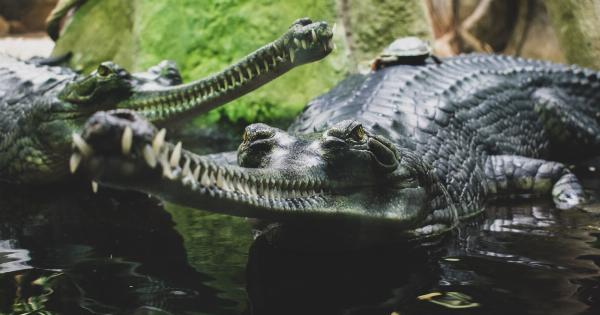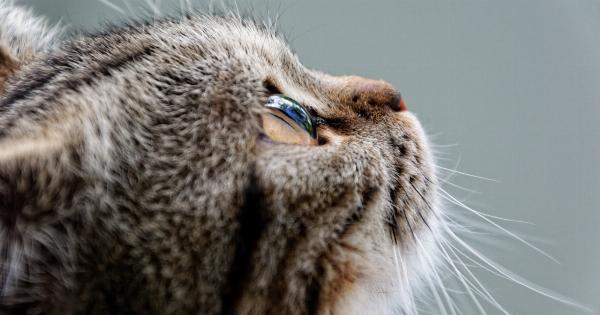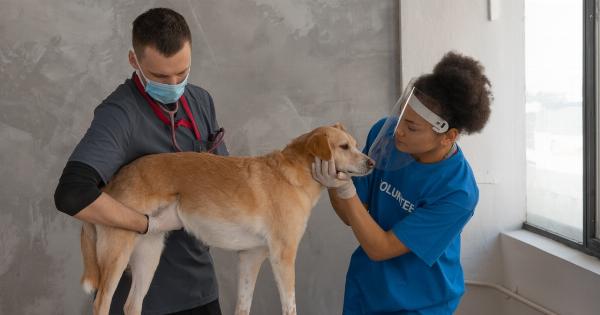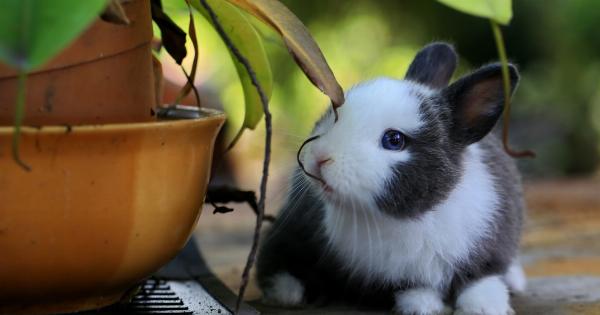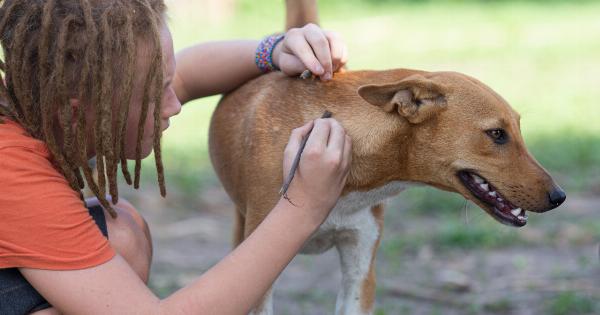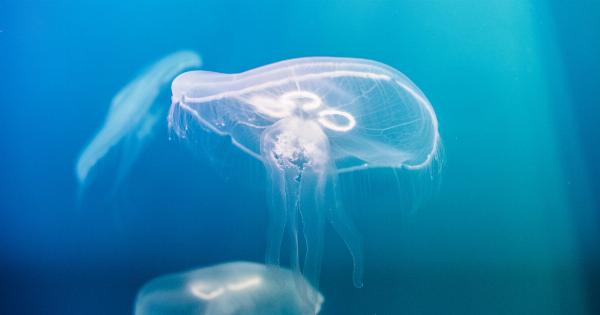Maintaining a pet turtle can be an exciting and rewarding experience. However, it is important to understand that turtles are not low-maintenance pets, and they come with health and safety risks that most pet owners are unaware of.
There are several hidden dangers that come with owning a pet turtle that can put both you and your family at risk. In this article, we take a closer look at these dangers and how to mitigate them.
1. Salmonella
One of the most significant hazards associated with pet turtles is their role in transmitting Salmonella. Salmonella is a type of bacteria that thrives in the digestive tract of turtles, and it can be easily passed to humans.
According to the Centers for Disease Control and Prevention (CDC), salmonellosis is a common bacterial infection caused by the ingestion of contaminated water or food. While anyone can be susceptible to Salmonella infection, children under five, pregnant women, and people with weakened immune systems are at a higher risk of getting severely ill from it.
To mitigate the risk of salmonella infection from pet turtles, it is vital to practice proper hygiene. This involves washing your hands thoroughly with soap and water after handling your turtle or coming into contact with its habitat.
You should also routinely clean your turtle’s enclosure and avoid keeping it in the same room where food is prepared or consumed.
2. Allergies
Another hidden danger of pet turtles is the development of allergies. In many cases, pet owners may not even realize they’re allergic to their turtle until after prolonged exposure.
While turtles themselves are not allergenic, their environment can be a breeding ground for bacteria, mold, and fungal spores, contributing to respiratory problems, such as asthma and allergic rhinitis.
If you or a family member experience respiratory symptoms such as coughing, wheezing, or shortness of breath, it is crucial to consult with a healthcare professional and your veterinarian to determine if it may be an allergic reaction.
3. Diet Restrictions
Many pet owners may not be aware that turtles require a specific diet to stay healthy.
Feeding them with inconsistent or improper foods can result in various health problems, including gastrointestinal issues, metabolic bone disease, and shell deformities.
The ideal diet for most pet turtles includes a mix of commercial turtle food, fresh fruits and vegetables, and limited protein from insects or small amounts of meat. However, diet restrictions can vary based on the type of turtle you own.
It is essential to research their dietary needs and consult with a veterinarian that specializes in reptiles.
4. Sanitation
Sanitation is crucial when owning a pet turtle. A lack of sanitation will create an unhealthy environment for your pet, further increasing the likelihood of salmonella and other bacterial infections.
Proper sanitation involves regularly cleaning and disinfecting your turtle’s environment and equipment, such as filtration systems, logs, and tanks. It is essential to use only pet-friendly disinfectants when cleaning the enclosure to avoid harming your turtle.
5. Enclosure Size
Choosing the right enclosure size is also crucial to ensure the well-being of your pet turtle. A small fishbowl or container is not a suitable habitat for most turtles.
Most turtles require a specific area suitable for their size and personality, including adequate filtration and lighting. A too-small habitat can lead to stress, illness, and injury, including cuts and abrasions from rubbing against the walls of the enclosure.
When selecting an enclosure, it is essential to provide adequate space and natural habitat features such as artificial plants or logs for hiding, climbing, and basking.
Installing a basking lamp and UVB light is also crucial for turtles to regulate their body temperature and absorb the necessary vitamins.
6. Veterinary Care
Turtles require regular veterinary care to monitor their health and detect any underlying health problems before they become too severe.
Even if your turtle appears healthy, regular medical check-ups allow for prompt treatment before complications arise. Veterinarians that specialize in reptiles can help you establish a comprehensive care plan for your pet turtle, including dietary recommendations, enclosure requirements, and disease prevention.
7. Legal Restrictions
As pets, turtles are heavily regulated, and strict laws govern ownership and trade. This is primarily in response to the increased danger of salmonella infections associated with reptiles, particularly turtles in the US.
Certain features of turtles, such as the size, age, and species, may be restricted from ownership. It is essential to research local laws and regulations regarding the ownership of turtles in your area before owning them.
Conclusion
Owning a pet turtle is a significant responsibility that requires adequate commitment and dedication. While rewarding, they come with hidden health and safety risks that pet owners need to be aware of.
Salmonella, allergies, diet restrictions, sanitation, enclosure size, veterinary care, and legal restrictions comprise some of the hidden dangers of owning a pet turtle. By understanding these risks and taking the necessary precautions, you can ensure your pet turtle’s safety and longevity, providing you and your family with many years of companionship and joy.

